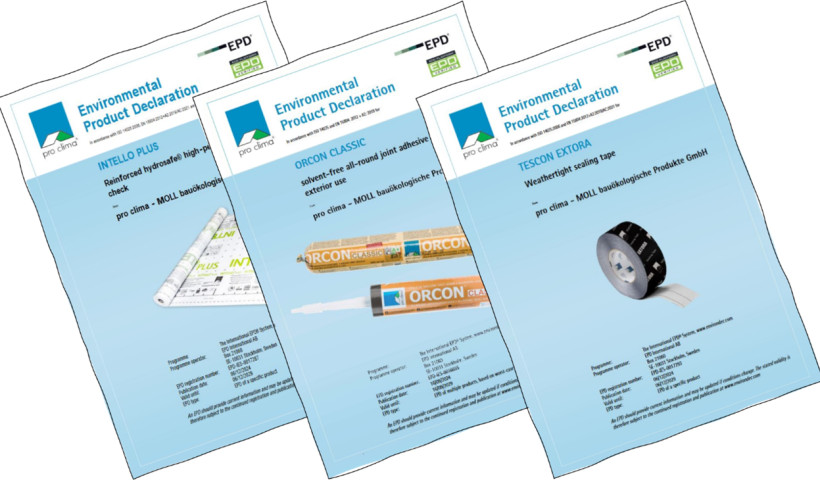
Above Sheathing Ventilation (ASV) is the superhero of roofs that work. It’s a solution to a few of the problems with roofs.
Over the next couple of months, a series of articles will be published exploring the back story of ASV and why it’s a really good option for New Zealand roofs. Here are the cliff notes, complete with spoilers:
Problems with roofs
The standard way roofs are designed and constructed in New Zealand typically involves fixing the roof cladding directly onto an underlay or membrane. The membrane is there to help protect the underside of the cladding. It’s also required to absorb the inevitable moisture that will form under the cladding. A big portion of this liquid comes from condensation of moist air moving up from the attic and the living space below.
Another problem is overheating. Temperatures in excess of 90°C have been recorded under roof cladding where this is no ventilated cavity (Cullen, 1992). Some of this heat will transfer into the rest of the building, making it either uncomfortable or expensive to keep comfortable. Combined with extreme cold (as much as 10 degrees below ambient air temperature due to night sky radiation), large diurnal and annual variations in moisture and temperature cause excessive stress on materials.
Sheathing
A little word on terminology. ‘Sheathing’ is not a common term in New Zealand. In North America sheathing usually refers to boards or some form of rigid backing that supports a membrane.
In New Zealand, it might be more accurate to describe ASV as ‘above membrane ventilation’ because it’s the space between the cladding and the membrane that’s key, just like in a ventilated wall cavity. But there are good reasons to align with common international terminology, not least of which is to accept that some tried and tested methods for building healthy, efficient and durable buildings from overseas, may actually be useful to consider in New Zealand.
Roofs are walls on an angle
What is a wall, tilted on an angle? It usually becomes a roof.
As a result of the $47 billion (Peter Dyer, 2019) ‘leaky building’ disaster, New Zealander designers have become very aware of the benefits of drained and ventilated cavities in walls. Why should roofs be any different? The benefits of ventilation between cladding and underlay are the fundamental principles of ASV.
ASV design and construction
The secret of ASV is to design and build roofs similar to walls, with a well-drained and ventilated space between the weather-resistive membrane and the cladding. The best way to achieve this in a roof is with vertical counter battens directly on top of the membrane, followed by horizontal battens for securing the cladding.
By avoiding the build-up of moisture and moderating the temperature, ASV is a great way to create a drier, healthier, more comfortable and durable building.
For more on this topic, stay tuned for upcoming episodes of ‘Above Sheathing Ventilation’.
References:
Cullen, W.C., (1992) Temperature Variations caused by solar heating and radiative cooling, Professional Roofing
Dyer, P, (2019) Rottenomics – The Story of New Zealand’s Leaky Buildings Disaster, David Bateman Ltd., Auckland











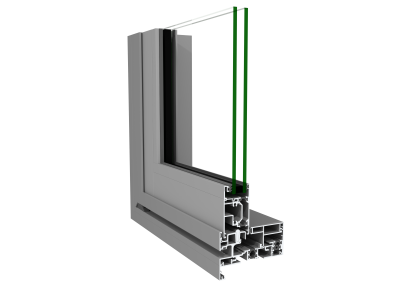
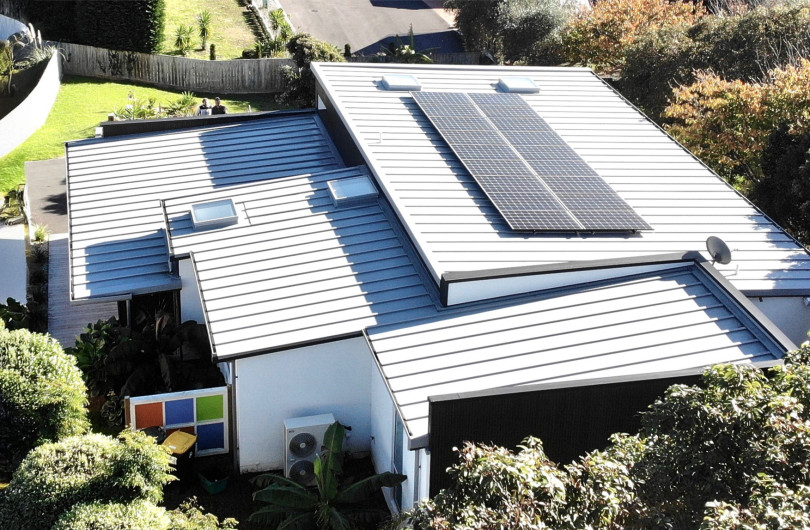
 New Products
New Products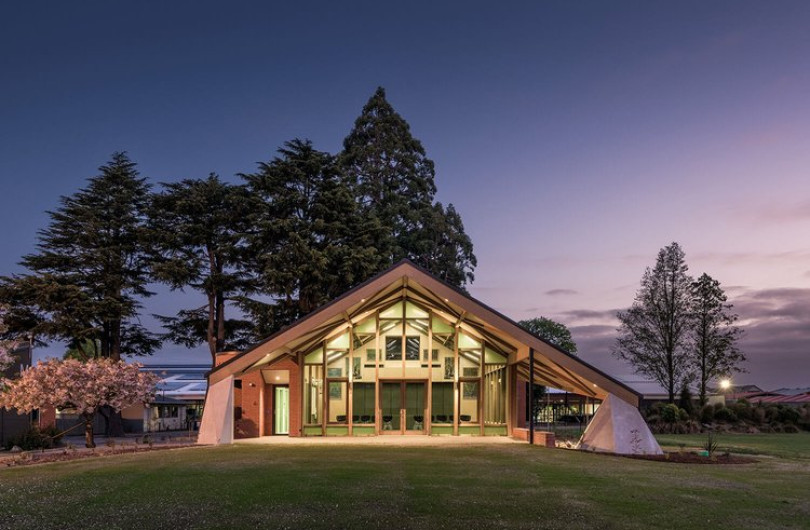




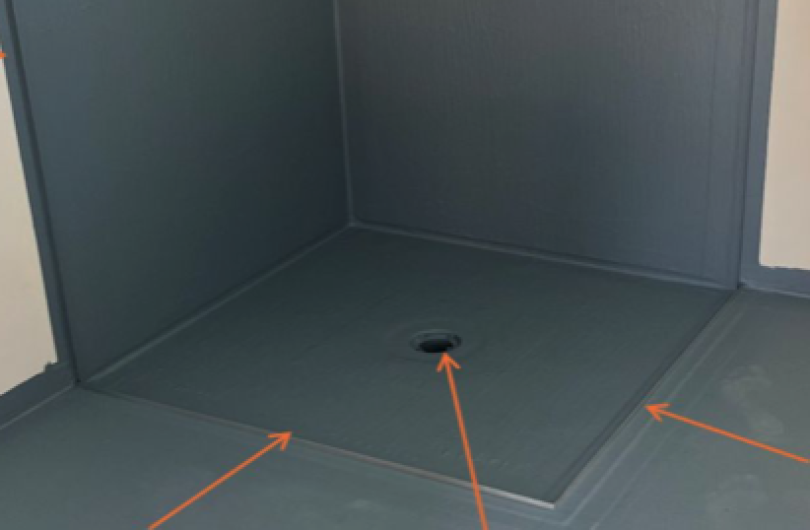




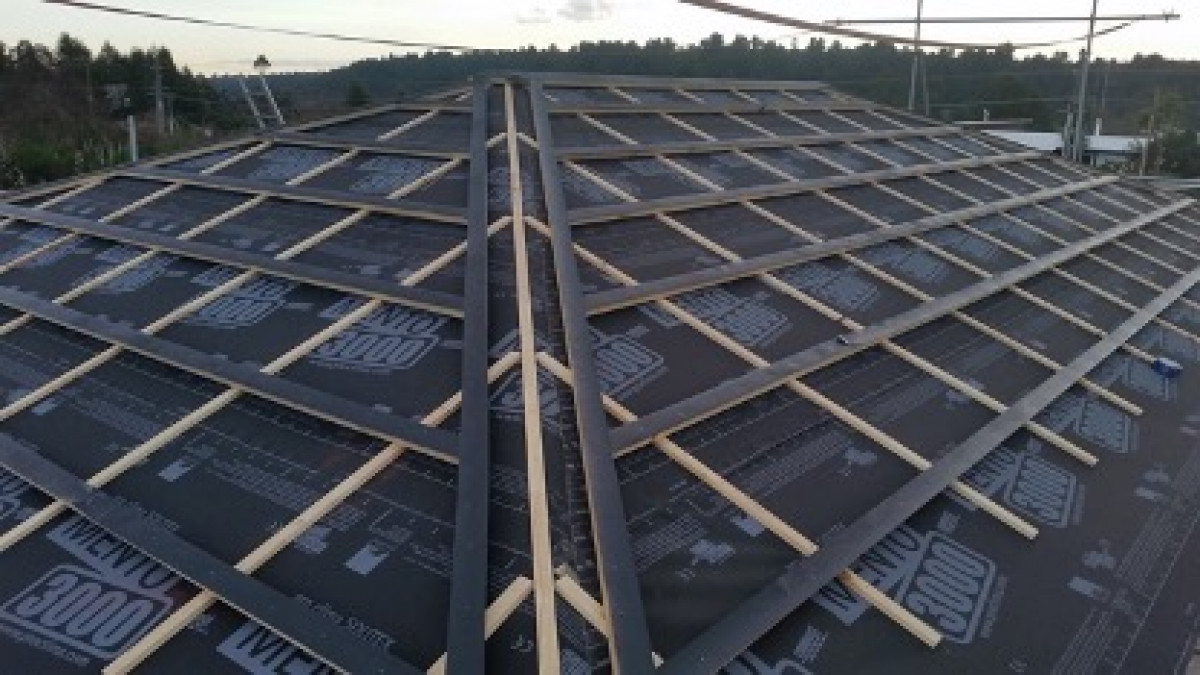



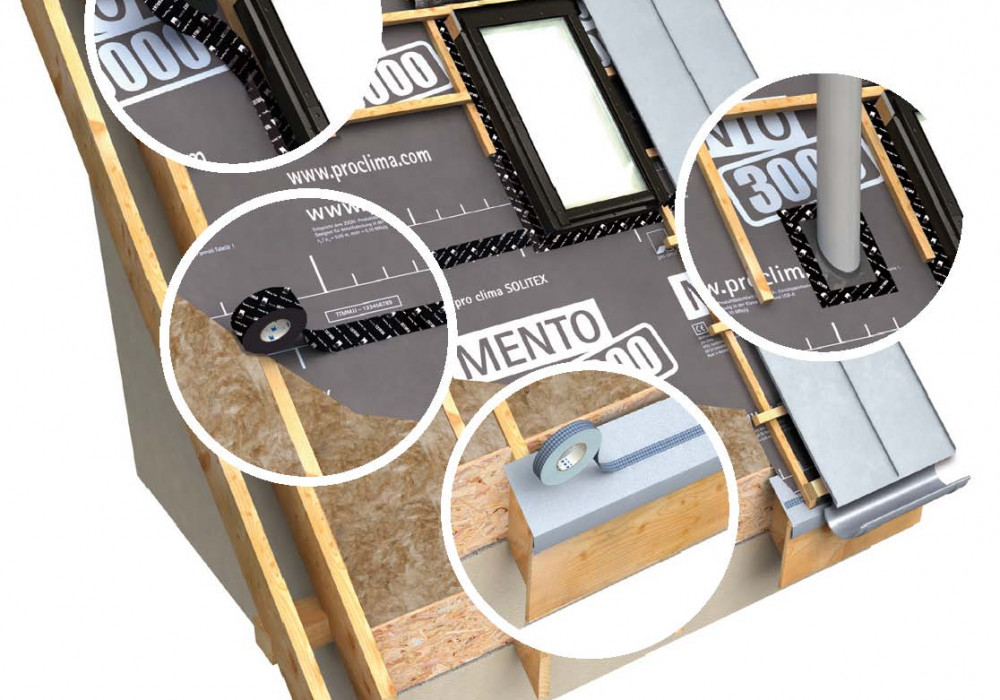

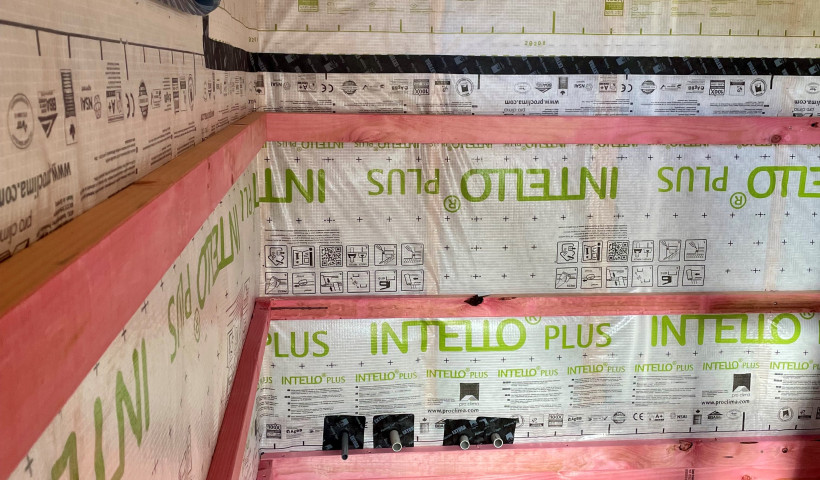
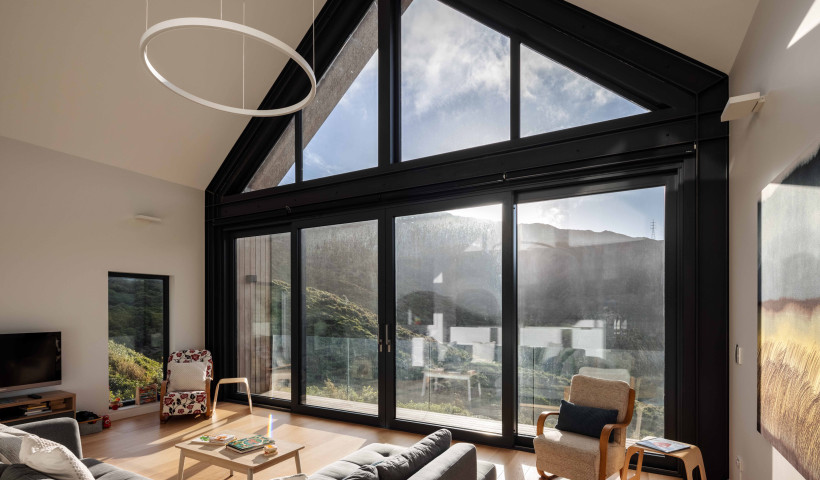
 Popular Products from pro clima
Popular Products from pro clima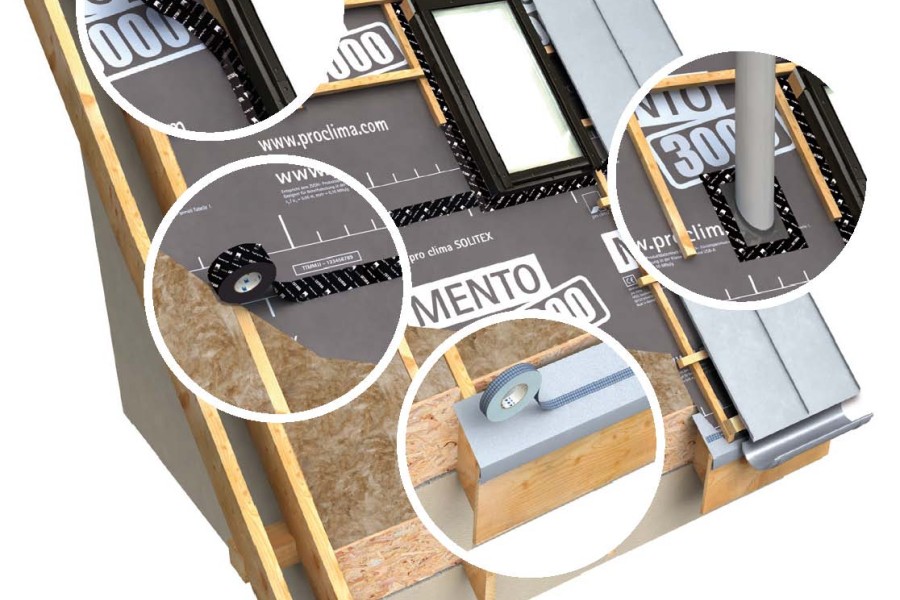

 Posts by Pro Clima Technical
Posts by Pro Clima Technical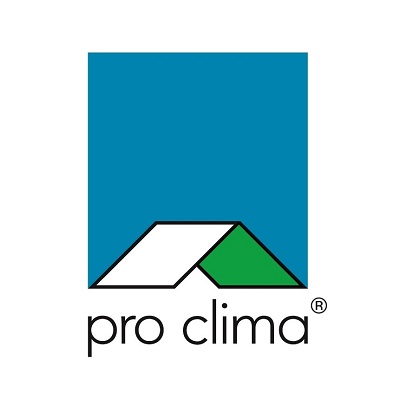
 Most Popular
Most Popular


